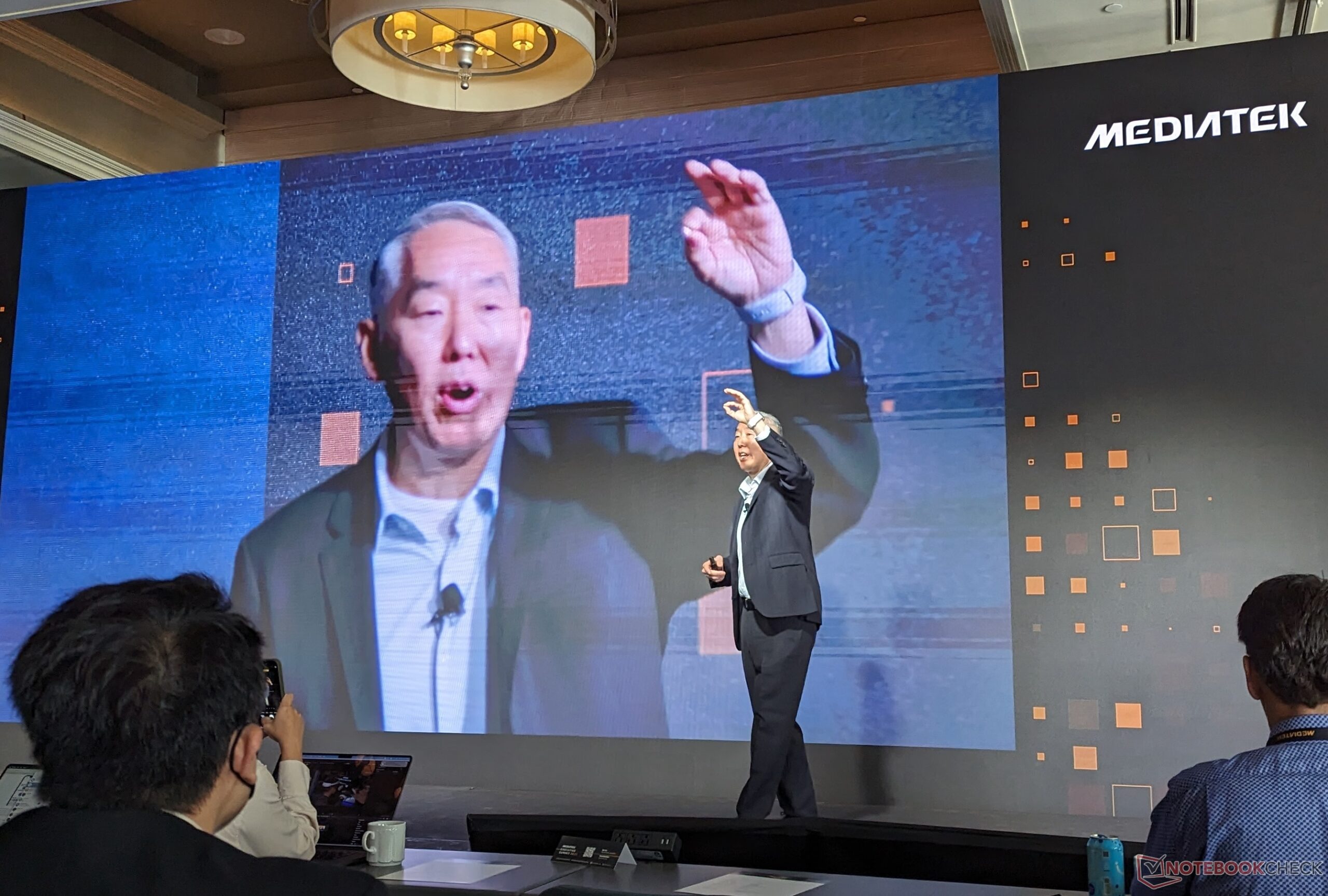
The next day, MediaTek spent even more time discussing their automotive vision by bringing together VP of automotive Ephrem Chemaly, Nvidia VP of automotive Ali Kani, and Tirias Research analyst Jim McGregor for a Q&A session. The panel envisions future automobiles with “AI cabin solutions” that can learn from and cater to the user, monitor and warn the driver of green and red lights, and even show messages to other drivers to ultimately “create a safer experience for the driver”.
With so much technology inside, the panel was prepared to answer the inevitable question about steeper learning curves and steeper prices. According to Kani, the software-driven car does not have to appeal to every driver on the road. He gave the example of how BMW owners are more likely to try next-gen EVs while Toyota owners are not as willing. There’s no question that such EV features will launch under higher-end brand names first.
The panel also spoke about the inefficiencies of auto manufacturers when it comes to in-car technology. Currently, most automakers utilize one CPU for every major feature in a car meaning things like heated seats, climate control, video, and more are all powered by separate processors. MediaTek believes that future cars can have just one centralized and more powerful chiplet responsible for all common tasks to reduce the total number of processors in a car.
Software-driven EVs are already proliferating in China where almost 60 percent of this year’s global EV sales have occurred. It’ll be exciting to see what options and features we’ll have in the future, but we’re definitely going to loathe all the inevitable in-car bloatware and in-app purchases that smartphone users are all too familiar with. Other hurdles like repairability may worsen especially since EVs today are already notoriously expensive to service if damaged.
MediaTek
